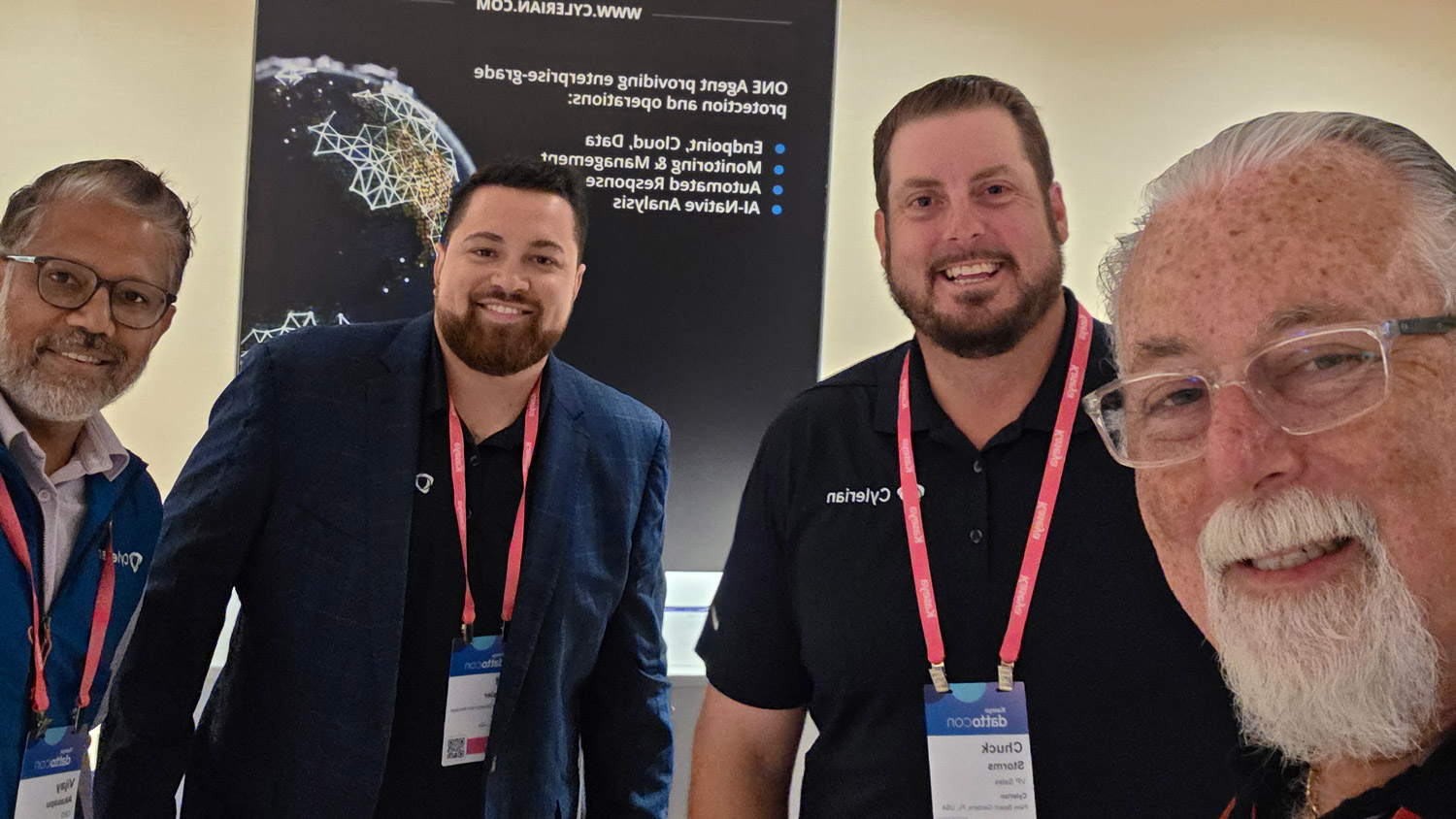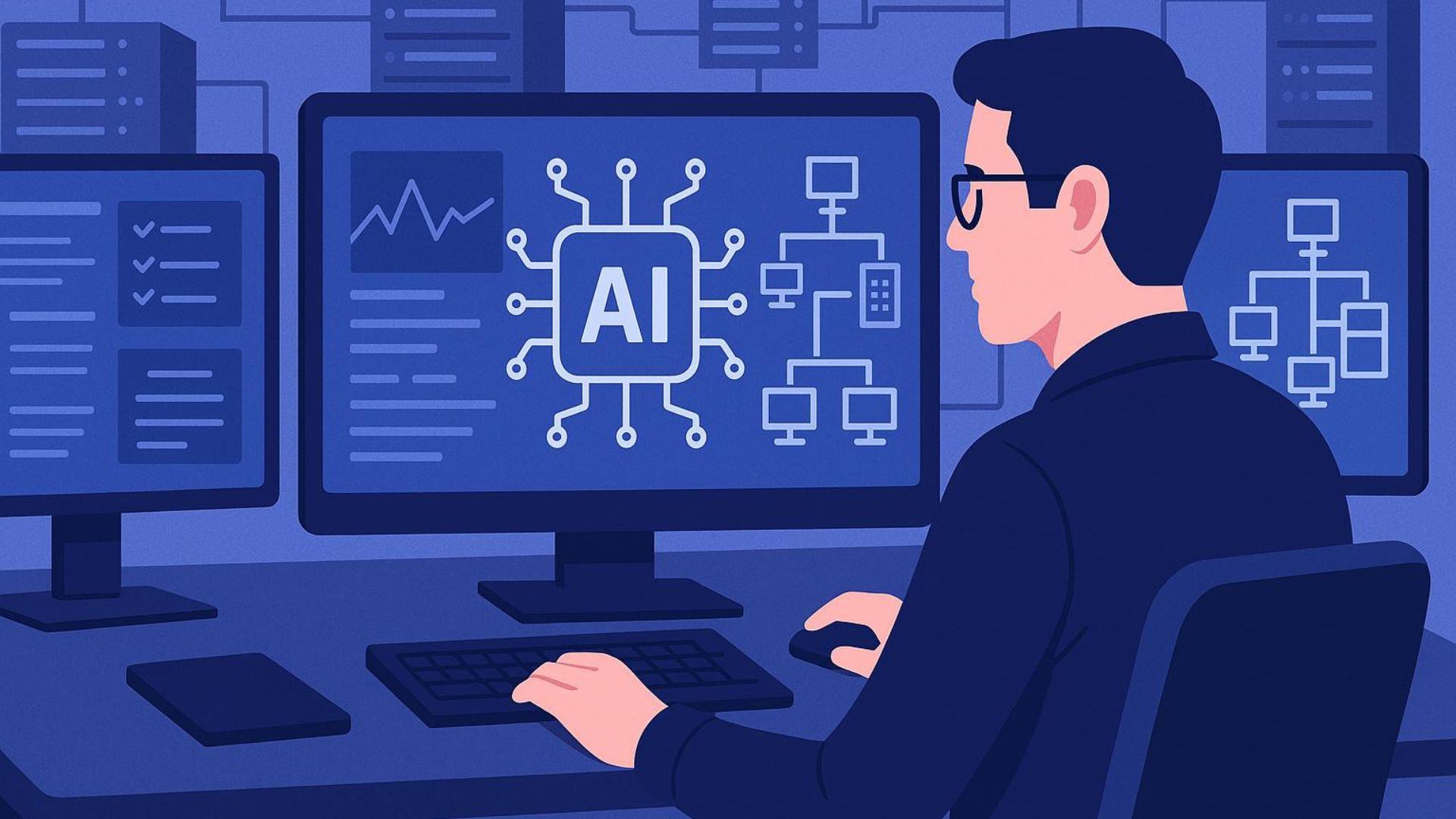CHRIS PLOESSEL is a big-time Amazon Web Services partner who generates a lot of revenue reselling that vendor’s applications and infrastructure.
Profit? Not so much.
“”It’s almost more of a burden than it is a benefit,”” says Ploessel of selling AWS licensing. “”We make very low margin on it.””
That hasn’t stopped RedNight Consulting, the Aliso Viejo, Calif.-based cloud service provider he heads, from making plenty of money, though. To the contrary, the company has been growing steadily since its founding in 2015 and routinely clears 30% to 40% margins on its offerings. The key is that those offerings are cloud solutions built on top of AWS products rather than cloud products alone.
Indeed, as many channel pros know all too well, simply selling Office 365 licenses and maybe a little Microsoft Azure capacity is a dead-end street financially. Blending several such products and adding services to the mix, by contrast, is a recipe for durable cloud success. And you don’t have to reinvent your business overnight to get started.
Cookie-Cutter Profits
Almost any kind of software product an SMB might require is available in the cloud these days. A cloud solution combines one of them with complementary systems and proprietary expertise. The simplest examples bundle an anchor product, like Microsoft’s Windows Virtual Desktop (WVD) offering, with Azure Active Directory services, security, backup, and ongoing remote management. Ploessel, who sells Amazon Workspaces to clients rather than WVD, has found a virtual desktop deal to be a good source of follow-on projects too. “”Everything else just rides on its coattails,”” he says.
Providing SaaS migration services is another easy starter solution. Every first-time Office 365 adopter needs help configuring applications, moving data into the solution, and getting user accounts established. Vendors like BitTitan and SkyKick make affordable tools that automate much of that effort, so the work is generally very simple. At $100 a seat or so, it’s also very profitable, and you can supplement it with end-user training.
Migrating on-site server workloads onto infrastructure-as-a-service platforms can be even more lucrative. So-called “”lift and shift”” projects require a great deal of assistance with tasks like needs analysis, asset inventorying, cost planning, and security. “”Every customer we talk to is interested in getting out of their on-premises stuff,”” Ploessel says. “”The migrations themselves, if you have the right toolsets, are pretty simple.””
Business process optimization (BPO) solutions are generally more demanding and therefore more profitable still. Such engagements typically address a business (as opposed to IT) problem, require knowledge of a customer’s strategic goals and pain points, and involve expertise that goes well beyond installation and migration.
Kicking them off, however, can be as easy as asking clients which of their workflows cause the most headaches, according to Ro Kolakowski, founder of 6th Street Consulting, a Microsoft SharePoint Online specialist based in Redondo Beach, Calif. More often than not, the answer is an approval process of some kind involving a paper form that makes its way from one employee’s desk to several others.
“”Nobody knows where the piece of paper is,”” Kolakowski says, adding that digitizing that process in SharePoint often takes just a few quick hours. “”It’s the same workflow we’ve built a hundred times,”” he notes. “”It’s a cookie-cutter solution for us, and that’s why we end up with a very high margin.”” Not to mention a procession of further, potentially even more revenue-rich, workflow solutions.
“”We’re able to put this together in one to two hours, and they’re very happy,”” Kolakowski says of that first effort. “”They start showing the other departments, and the other departments come to us, and sometimes their needs are much more complex than one or two hours.””
Eric Long, president of TeraCloud, a Dallas-based provider of managed online solutions, has had similar success with BPO projects, despite the extra effort they typically require up front. “”Those are very, very long sales cycles, but we’re immediately talking to the C-level people,”” he says.
New Skills, Different People
Knowing how to talk to C-level executives is a critical part of delivering cloud solutions effectively. Selling cloud solutions is a consultative process best performed by people who are comfortable communicating with business leaders in nontechnical terms and good at translating business needs into language that engineers and developers understand. You’ll also require engineers and developers, obviously, with the know-how to build solutions that meet those needs.
“”It’s a totally different skillset,”” Long notes.
Acquiring all those people isn’t easy. The quickest, but also costliest, answer is simply hiring people with an established cloud computing resume. Alternatively, you can recruit people with basic technical know-how, good customer service habits, and an eagerness to learn, and then turn them into cloud solution specialists over time. That’s a longer undertaking, but also less expensive and more likely to produce employees who consistently follow your firm’s preferred way of doing things, versus whatever they learned elsewhere.
“”We’re trying to train from within and find the right type of person [who] has that understanding of business automation,”” Long says.
A third option is to partner with companies that already have the skills you need rather than cultivate talent internally. So long as you work with trustworthy firms and establish clear rules about revenue sharing, client poaching, and other issues in writing, this can be the fastest and most cost-effective strategy of all.
“”A lot of times, VARs or MSPs are afraid to get into this,”” Ploessel notes. “”We’ve had great luck partnering with folks.””
Still, offering cloud solutions isn’t without risk. If your team continually has projects to work on and customers to support, you can make a lot of money. If they don’t, you can lose a lot of money. Moreover, cloud billing schemes are consumption-based, which means the amount your clients end up paying each month can be hard to predict. Some customers can handle that lack of predictability, but others can’t. Some may even refuse to pay bills that come in significantly higher than anticipated.
“”If you’re doing $20, $30, $40, $50,000 with a client and they default, you’re on the hook, and that’s a big deal,”” Long warns.
That hasn’t stopped him from betting his entire business on cloud solutions, though. “”It’s highly profitable,”” he says.
Image: iStock
















